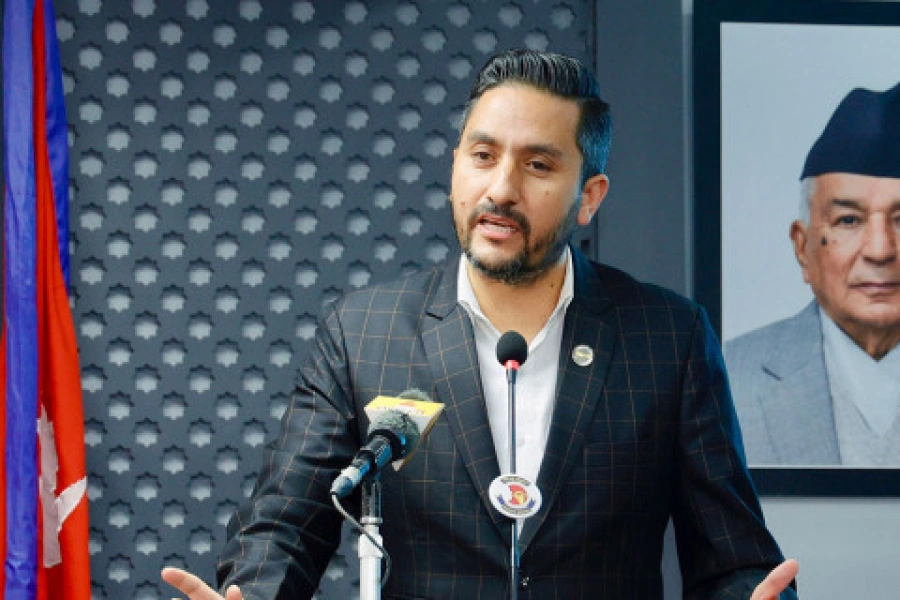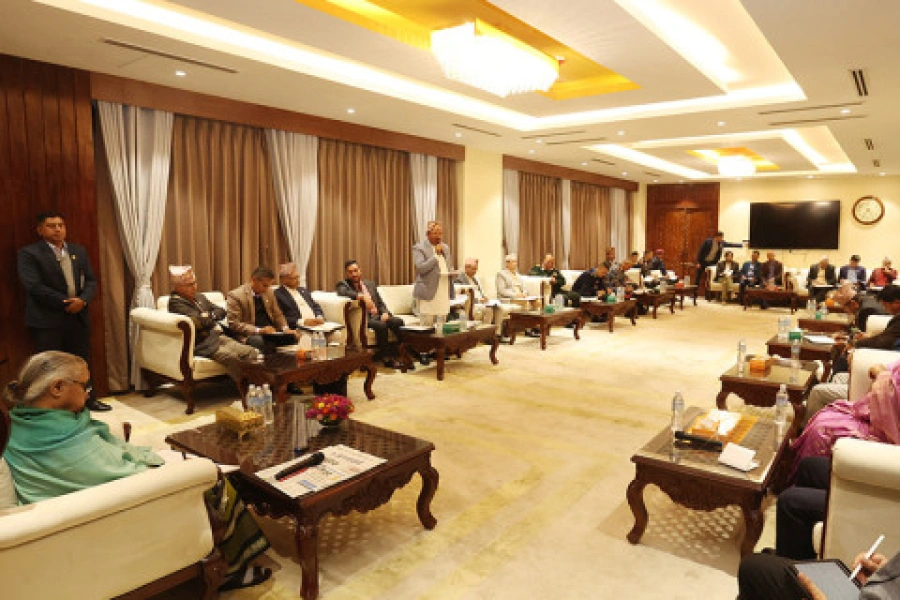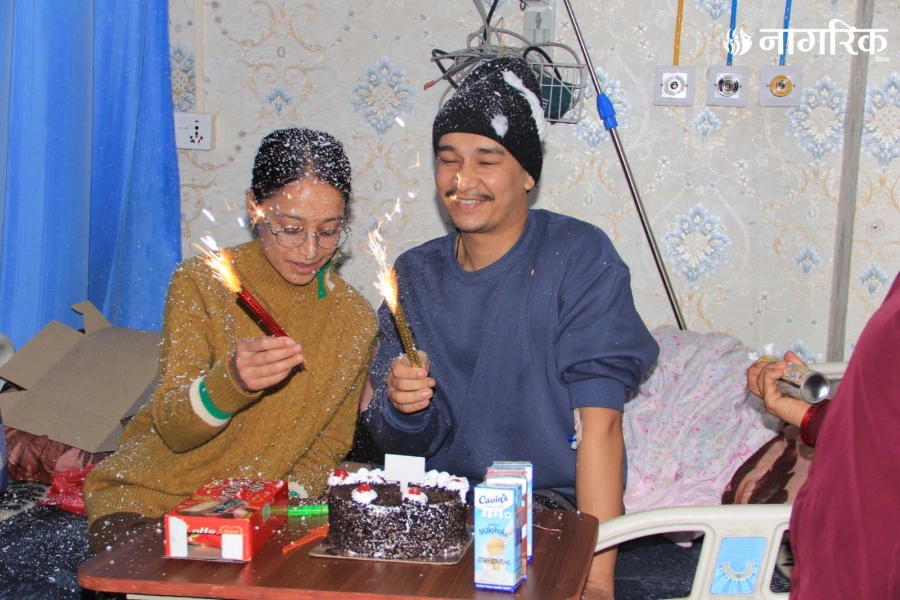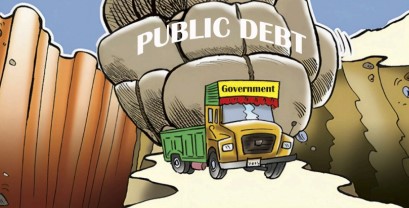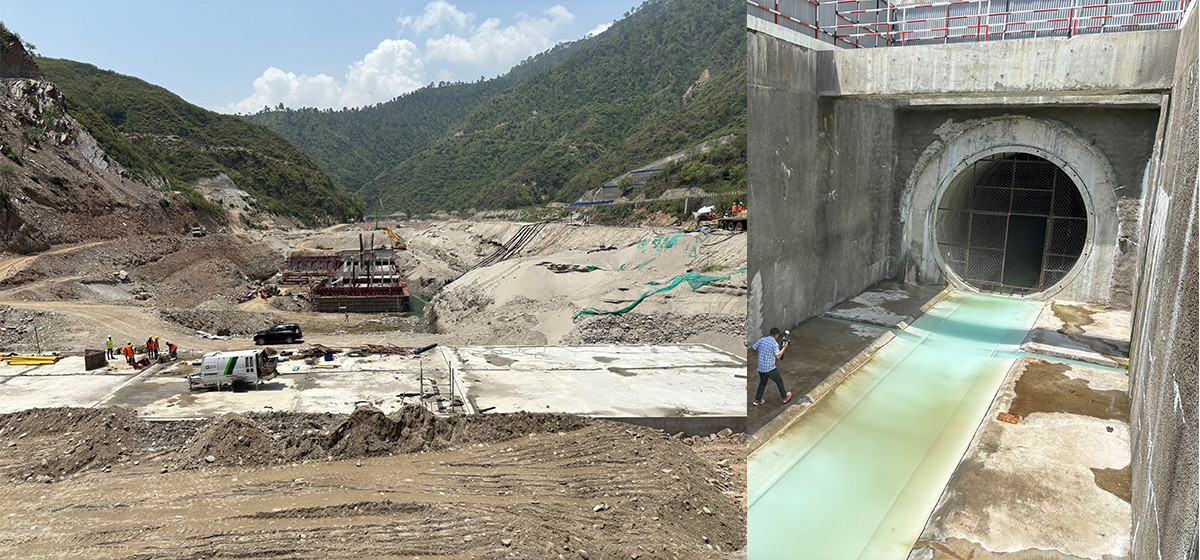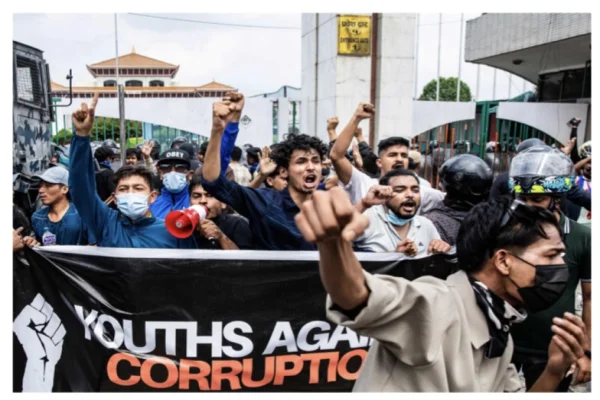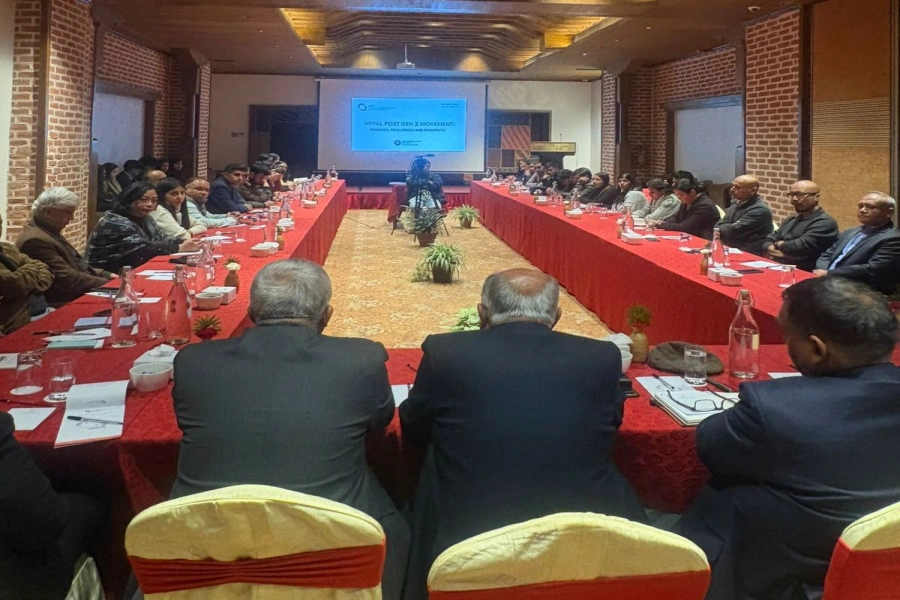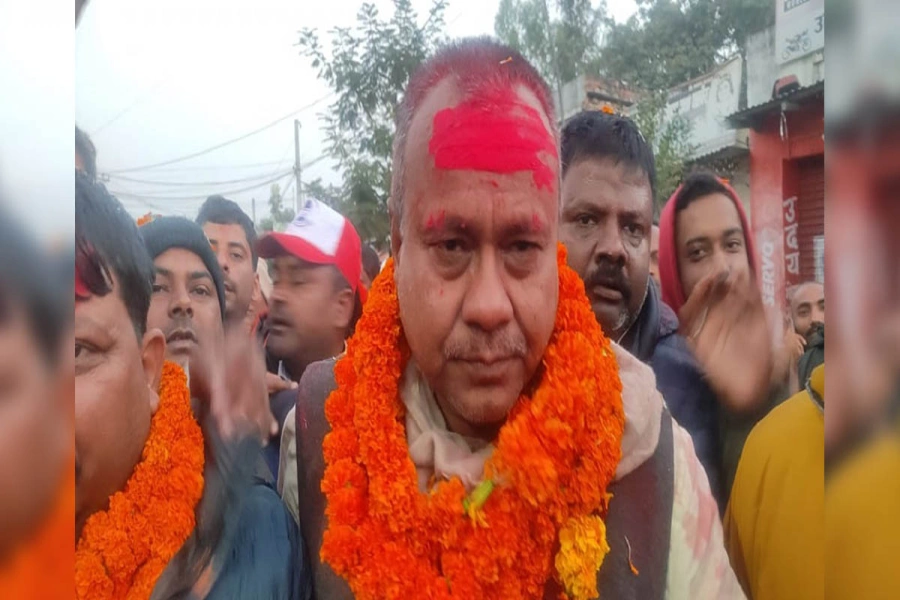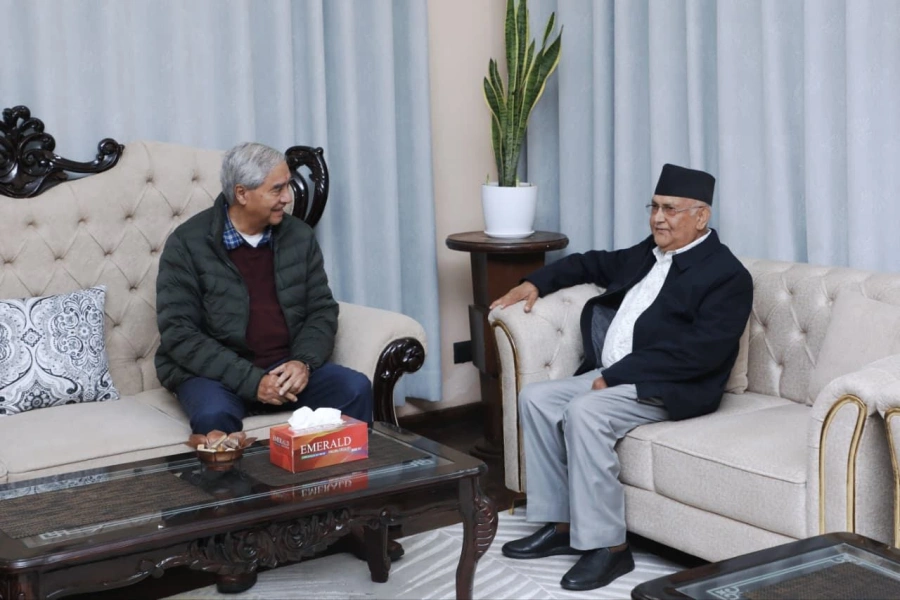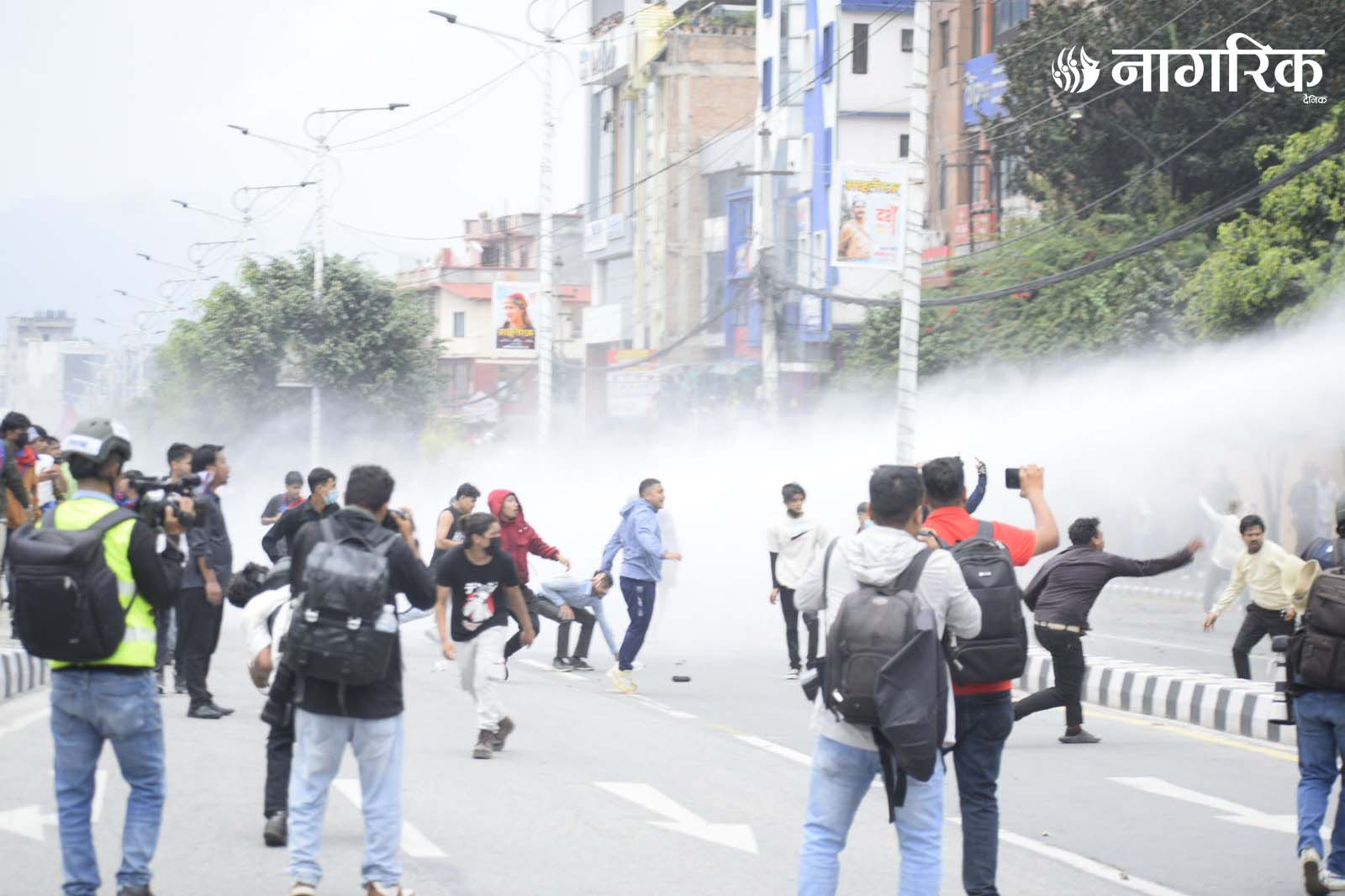KATHMANDU, May 16: Nepal is witnessing a surge in fire incidents, largely driven by gas leaks and electrical short circuits, posing increasing risks to public safety.
On Wednesday morning, a gas leak sparked a fire in a house in Makhan Tole, Kathmandu Metropolitan City–24, killing 80-year-old Bishnu Adhikari from Kavrepalanchok. The fire started in a mud-and-wood house belonging to Dayaram Shrestha and quickly spread to a nearby five-storey concrete building owned by Rukesh Shrestha.
It took six fire engines—from Juddha Barun, the Nepal Army, Lalitpur Metropolitan City, Ramhiti, and Balaju Industrial Area—about three hours to bring the fire under control, preventing further damage.
Before the Makhan Tole fire could be fully contained, another blaze broke out early Thursday morning at a clothing warehouse in Satungal, Kathmandu. That fire began around 5:20 am and was controlled by 7:00 am, with the help of six fire engines, over a dozen water tankers, and personnel from the Nepal Army, Armed Police Force, and Nepal Police.
The twin incidents have alarmed residents. Pramila Thapa, who lives near the Makhan Tole fire site, said, “It took so long to control the fire in the heart of the city—we feared the whole neighborhood would burn.”
Challenges in Fire Response
The fire by electrical short-circuit caused 4.8 million loss in...
photo_khotang_20200114143356.jpg)
Jagdish Aryal, head of the Disaster Management Department at Kathmandu Metropolitan City (KMC), said narrow lanes and ongoing road construction delayed the arrival of fire engines. “Fire engines are supposed to leave within two minutes of an alert, but road obstructions and traffic jams often slow them down,” he said. “Every minute counts during a fire.”
Aryal noted a recent increase in fires linked to gas leaks and electrical faults. “Awareness on these issues is lacking, especially from gas companies,” he said.
Root Causes and Risks
Narrow streets, densely built settlements, lack of water sources, poor-quality electrical materials, and unsafe fuel storage have all contributed to the growing fire risks—particularly in urban areas. Many homes in Kathmandu use flammable materials like wood, and limited access makes firefighting difficult.
Gas cylinders, in particular, have become a major hazard. Nepal lacks a regulatory system to monitor the quality of cylinders and pipes, increasing the risk of explosions and fires. Aryal emphasized the need for gas companies to take more responsibility for safety education.
Fires Beyond the Capital
Fires are not limited to urban centers. Rural areas, especially in the Terai, face seasonal fire threats that sometimes destroy entire settlements. The increasing use of gas in rural homes has introduced new hazards there as well.
What was once a seasonal issue is now year-round. “Fires used to happen mostly during the dry season, but now they occur even during rainy and cold months,” said Aryal. “Fires can break out any time due to household stoves, gas leaks, and electrical shorts—especially during the hot season.”
Alarming Statistics
Government data from 2013 to 2024 (2070–2080 BS) show 23,142 fire incidents across Nepal. Forest fires alone caused Rs 23 billion in damage and claimed 875 lives. More than 13,000 structures were damaged, and over 7,000 livestock were lost.
According to the National Disaster Risk Reduction and Management Authority (NDRRMA), from July 16, 2024, to April 14, 2025, there were 2,848 fire incidents nationwide, resulting in 50 deaths and 404 injuries. Fires completely destroyed 525 houses and partially damaged 265 others, affecting 3,352 families and causing losses exceeding Rs 1.44 billion. Additionally, 522 animal sheds were burned, killing 1,389 livestock.
Lack of Burn Treatment Facilities
Despite the rising number of fire and burn injuries, Nepal lacks adequate treatment facilities. Burn cases are more frequent in rural areas, but there are no specialized burn hospitals outside Kathmandu. Even in the capital, only 83 burn beds are available—distributed among hospitals like Teaching Hospital (9), Kanti (22), Kirtipur (35), Sushma Memorial (25), Patan (5), and Bir Hospital (12).
“Nearly 100,000 burn injuries occur annually, but treatment centers are scarce,” Aryal said, emphasizing that timely treatment is critical to reduce complications.
He called for a dedicated burn hospital in Kathmandu and at least one burn center in each of the seven provinces. “Gas companies and the electricity authority should also run awareness campaigns,” he added. “They can play a role in both preventing fires and supporting burn victims.”



